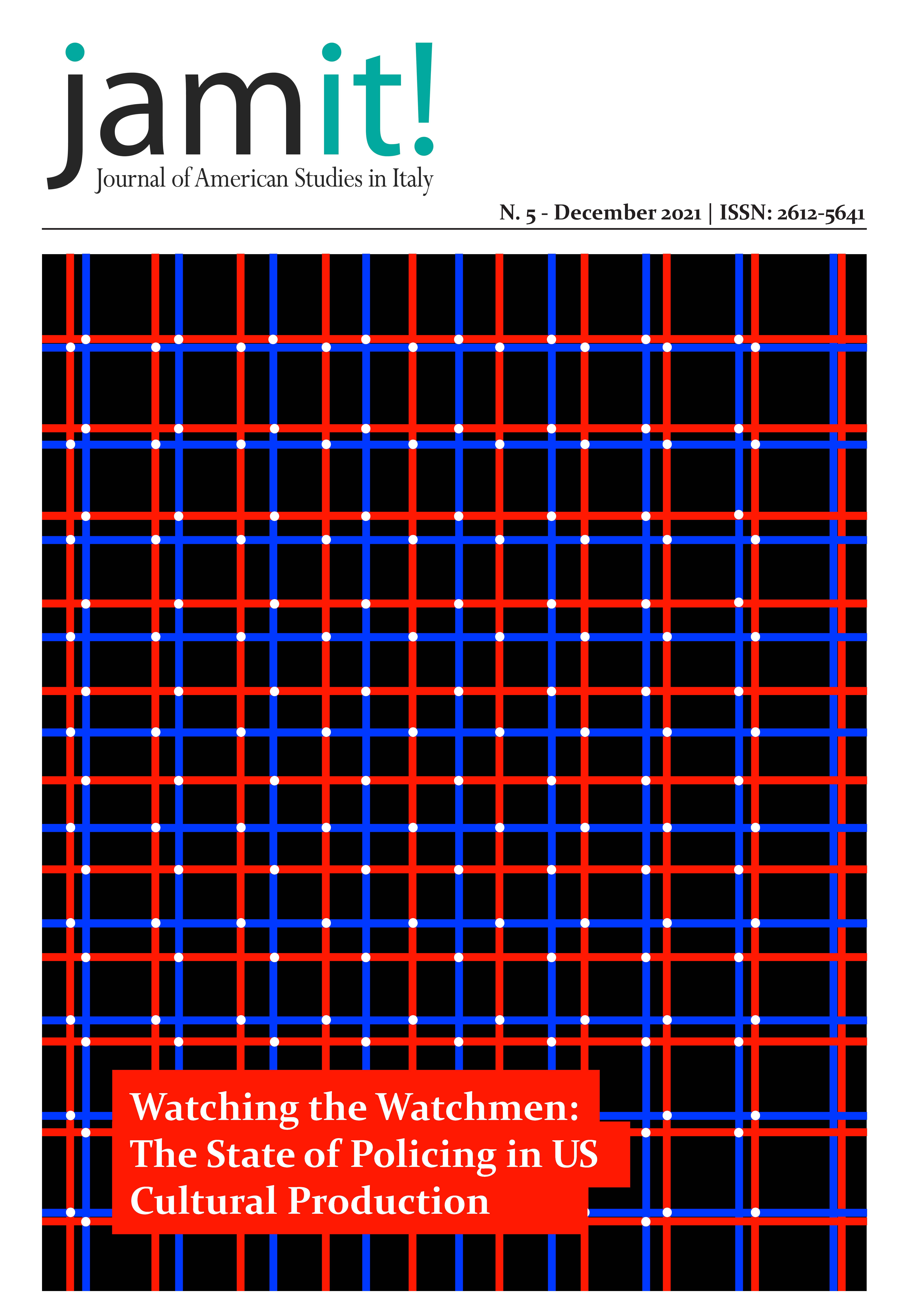Vessels of Flesh And Bones
Policing and Racial (Dis)Identifications in Ta-Nehisi Coates’s Between The World And Me
DOI:
https://doi.org/10.13135/2612-5641/5533Keywords:
Ta-Nehisi Coates, racism, policing, phenomenology, empathyAbstract
The year when Ta-Nehisi Coates’s Between the World and Me (2015) was published has gone down as the deadliest year for black youth at the hands of policemen, with no less than 1,134 murders recorded. As he states in many interviews, this is one of the reasons that led Coates to pen down his work —to publicly lament so many losses; to confront the difficulties to mourn such violent and untimely deaths; and to shed light on the murderous racist practices that black individuals deal with on a daily basis. To do so, Coates embarks on a journey through history in which he memorializes many black individuals who, until now, have lost their lives in racist violent attacks —from his friend Prince Jones and other several well-known individuals murdered in the last decades, such as Michael Brown or Sean Bell, to, as Toni Morrison puts it, “the disremembered and unaccounted for” (2010, 323). Far from only providing Coates and his son with crucial information about the sociality of blackness, witnessing the death of so many also instils in both a feeling of belonging. Coates’s attempt at developing communal bonds through his narration riffs on the concept of “bottomline blackness”, which Elizabeth Alexandercoined in her analysis of the public responses to Rodney King’s beating, which she regards as an incident that ended up “consolidat[ing] group affiliations” (78) and forging a “traumatized collective historical memory” (79). Drawing on Ta-Nehisi Coates’s celebrated memoir, and bearing into consideration Coates’s telling his son that “there is no real distance between you and Trayvon Martin” (2015, 25), this paper engages in the ongoing discussion about whether literary representations of racist bigotries can foster empathic relations or, on the contrary, disavow easy identification from readers.
Downloads
Published
Issue
Section
License
Authors who publish with this journal agree to the following terms:
- Authors retain the copyright and full publishing rights for their submissions to the journal.
- Authors grant the journal right of first publication with the work simultaneously licensed under a Creative Commons Attribution-NonCommercial-NoDerivatives 4.0 International License that allows others to share unedited work for non-commercial purposes with an acknowledgement of the work's authorship and initial publication in this journal.
- Authors are able to enter into separate, additional contractual arrangements for the non-exclusive distribution of the journal's published version of the work (e.g., post it to an institutional repository or publish it in a book), with an acknowledgement of its initial publication in this journal.
- Authors are permitted and encouraged to post their work online (e.g., in institutional repositories or on their website) prior to and during the submission process, as it can lead to productive exchanges, as well as earlier and greater citation of published work (See The Effect of Open Access).





